- the blog post presents the new features of shader model 6.7
- improved texture operations such as Raw Gather (unmodified retrieval of the 4 samples from bilinear sampling)
- writable MSAA textures, quad-level operations
- additionally introduces programmable offsets for load and store from runtime variables instead of compile-time constants

- the article provides an overview of the development process of using a texture-based imposter system using raymarching
- shows the different steps in the development process, quality improvements along the way
- additionally discusses what ideas the author tried, what did and didn’t work, and discusses why they didn’t work
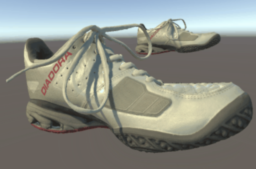
- Video lecture series of the real-time rendering course at TU Wien
- this part covers how to use hardware-accelerated ray tracing from Vulkan
- covers everything required to render a static scene, accelerations, ray traversal, shader bindings as well as processing hits
- additionally presents ray queries to allow ray tracing from any shader stage and discusses the limitations
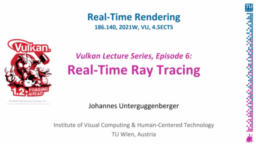
- the article discusses a problem with effects caused by loss of floating-point precision when game-time is growing
- presents a method to reset periodic timers cleanly and still allow for continuous motion
- the suggested solution uses integer multipliers with required precision to make resetting motions natural from an effect tweaking perspective
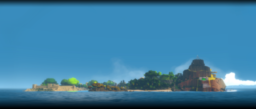
You are helping our core team to develop cutting-edge 3D data optimization technology, being used in production pipelines to process millions of 3D data sets each year, fully-automatically. You are performing research on 3D mesh processing, texture baking, UV mapping, optimization algorithms and ML-based algorithms for 3D data optimization and QA.

- a collection of tweets about tech art, VFX, and related topics
- showcases of in-progress developments and experiments
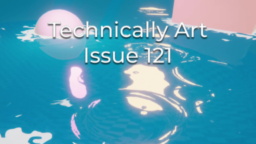
- video introduction tutorial to shader programming with OpenGL
- provides a conceptual overview of how to author, load, and use shaders GLSL shaders from OpenGL
- discusses vertex transformations required project vertices onto the screen
- shows how to access information from the CPU in shaders
- presents multiple examples to show the practical usage
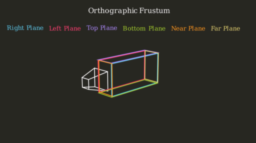
- the video session explains Texture set up for usage from GPU shaders
- covering texture types, addressing, tiling, texture filtering
- shows how to access the data from the GPU and the necessary OpenGL setup steps
- additionally provides an overview of the Mesh Color technique and how to represent it as texture maps
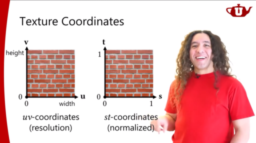
- the article provides an overview of using raytracing to generate ambient occlusion
- recaps of ambient occlusion techniques for rasterization, high-level representation of raytracing based implementation
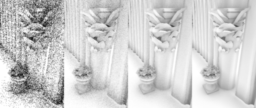
- a roundup of WebGPU topics discussed at the January meetup
- contains references to best practices, new extensions as well as community work showcases
- additionally contains information about the state of support across browsers

Thanks to Mike Turitzin for support of this series.
Would you like to see your name here too? Become a Patreon of this series.